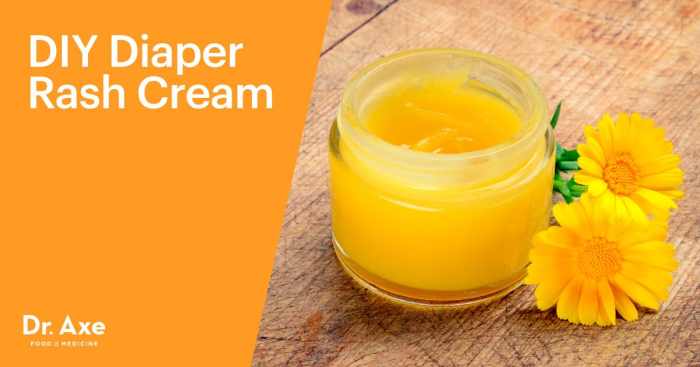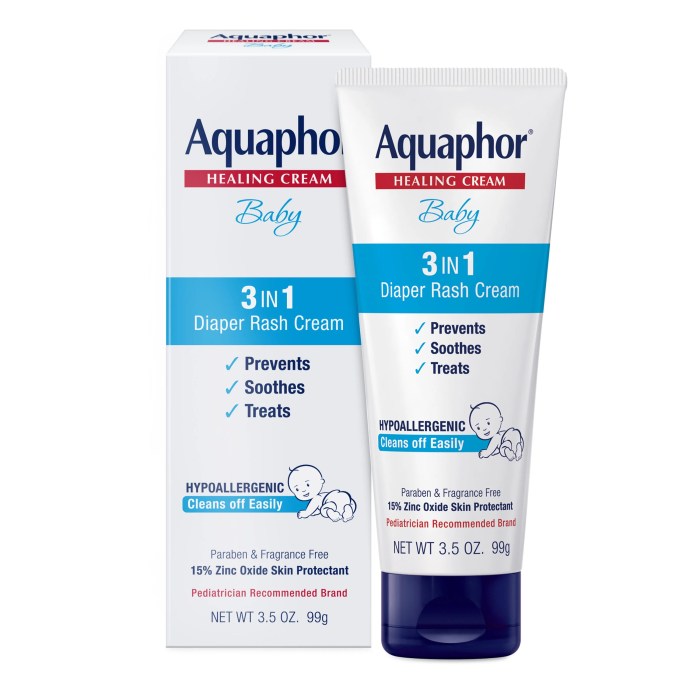DIY diaper rash cream offers a natural and effective alternative to commercially available products. This homemade solution allows you to control the ingredients, ensuring they are gentle and safe for your baby’s delicate skin. Diaper rash, a common problem among infants, can be caused by various factors including prolonged exposure to wet diapers, friction from diapers, and even allergies to certain ingredients in commercial creams. By crafting your own diaper rash cream, you can alleviate the discomfort and irritation associated with this condition while ensuring the use of natural and soothing ingredients.
The key to successful DIY diaper rash cream lies in understanding the benefits of natural ingredients. Many ingredients, like zinc oxide, calendula, and coconut oil, have been traditionally used for their soothing and healing properties. These ingredients not only provide relief from the symptoms of diaper rash but also help to promote faster healing and prevent future occurrences.
Understanding Diaper Rash

Diaper rash is a common skin irritation that affects babies and toddlers. It is characterized by redness, bumps, and sometimes blisters on the skin in the diaper area. While diaper rash is usually not serious, it can be uncomfortable for your little one.
Causes of Diaper Rash
Diaper rash is often caused by prolonged exposure to moisture and irritation. Here are some of the most common causes:
- Wet or soiled diapers: When a diaper is left wet or soiled for too long, it can trap moisture against the skin, creating a breeding ground for bacteria and yeast. This can lead to irritation and inflammation.
- Friction: The rubbing of the diaper against the skin can cause irritation, especially if the diaper is too tight or if the baby is moving around a lot.
- Allergic reactions: Some babies may be allergic to certain ingredients in diapers, wipes, or laundry detergents. This can lead to a rash in the diaper area.
- Yeast infection: Yeast infections, caused by the fungus Candida albicans, are common in babies, especially those who have been on antibiotics or have a history of diaper rash.
- Bacterial infection: Bacterial infections can also cause diaper rash, especially if the skin is already irritated.
- Changes in diet: Changes in a baby’s diet, such as introducing new foods, can sometimes lead to diaper rash.
Types of Diaper Rash, Diy diaper rash cream
There are several types of diaper rash, each with its own unique characteristics:
- Contact dermatitis: This is the most common type of diaper rash and is caused by irritation from moisture, friction, or allergens. It typically appears as red, scaly patches on the skin.
- Yeast infection: This type of diaper rash is caused by a fungus called Candida albicans. It typically appears as bright red, raised bumps with a white, creamy coating.
- Bacterial infection: This type of diaper rash is caused by bacteria. It typically appears as red, pus-filled bumps.
- Irritant contact dermatitis: This type of diaper rash is caused by exposure to irritants such as soap, detergents, or even certain fabrics.
Symptoms of Diaper Rash
The symptoms of diaper rash can vary depending on the type of rash and its severity. Some common symptoms include:
- Redness: The skin in the diaper area may be red and irritated.
- Bumps: Small, raised bumps may appear on the skin.
- Blisters: Blisters may develop in some cases.
- Scaling: The skin may be dry and scaly.
- Pain: The baby may be uncomfortable and may cry when the diaper area is touched.
Essential Ingredients for DIY Diaper Rash Creams

Creating a homemade diaper rash cream involves selecting the right ingredients that are both safe and effective for your baby’s delicate skin. The ingredients should provide soothing, moisturizing, and protective properties to combat the irritation and inflammation caused by diaper rash.
Common and Effective Ingredients
The following ingredients are commonly used in DIY diaper rash creams due to their proven benefits:
- Coconut Oil: A natural moisturizer with antibacterial and antifungal properties. Coconut oil helps to create a barrier on the skin, protecting it from moisture and irritants. It’s also known for its anti-inflammatory properties, which can help soothe the redness and irritation associated with diaper rash.
- Shea Butter: Rich in vitamins A, E, and F, shea butter provides deep hydration and nourishment for the skin. It forms a protective layer on the skin, reducing moisture loss and promoting healing. Shea butter’s anti-inflammatory properties can help reduce the redness and discomfort of diaper rash.
- Zinc Oxide: A common ingredient in commercial diaper rash creams, zinc oxide acts as a barrier to protect the skin from moisture and irritation. It also has astringent properties that can help to dry out the rash and promote healing.
- Calendula Oil: Extracted from calendula flowers, this oil has soothing and anti-inflammatory properties that can help calm the skin and reduce redness. Calendula oil is also known for its wound-healing properties, which can aid in the recovery process of diaper rash.
- Aloe Vera Gel: Aloe vera is known for its soothing and healing properties. It can help to reduce inflammation, promote skin regeneration, and moisturize the skin. Aloe vera gel can be applied directly to the affected area to provide relief from the discomfort of diaper rash.
- Oatmeal: Oatmeal is a natural anti-inflammatory and soothing agent. It can help to reduce itching and irritation, and its moisturizing properties can help to hydrate the skin. Finely ground oatmeal can be added to a DIY diaper rash cream or used as a soothing bath for your baby.
Safety Considerations for Ingredients
It’s crucial to consider the potential allergies and sensitivities associated with each ingredient before incorporating them into a DIY diaper rash cream.
- Coconut Oil: While generally safe, some individuals may experience allergic reactions to coconut oil. It’s recommended to conduct a patch test on a small area of skin before applying it to a larger area.
- Shea Butter: Shea butter is generally well-tolerated, but some people may experience allergic reactions or skin irritation. A patch test is recommended before using shea butter on a large area of skin.
- Zinc Oxide: Zinc oxide is considered safe for topical use and is generally well-tolerated. However, some individuals may experience skin irritation or allergic reactions. If you notice any adverse reactions, discontinue use and consult a healthcare professional.
- Calendula Oil: Calendula oil is generally safe, but some individuals may experience allergic reactions or skin irritation. A patch test is recommended before using calendula oil on a large area of skin.
- Aloe Vera Gel: Aloe vera gel is generally safe for topical use and is well-tolerated. However, some individuals may experience allergic reactions or skin irritation. If you notice any adverse reactions, discontinue use and consult a healthcare professional.
- Oatmeal: Oatmeal is generally safe for topical use and is well-tolerated. However, some individuals may experience allergic reactions or skin irritation. If you notice any adverse reactions, discontinue use and consult a healthcare professional.
Ingredient Properties and Benefits for Diaper Rash
- Moisturizing and Protective: Ingredients like coconut oil, shea butter, and aloe vera gel help to create a barrier on the skin, protecting it from moisture and irritants. They also provide deep hydration and nourishment, promoting skin health and healing.
- Soothing and Anti-Inflammatory: Ingredients like calendula oil, aloe vera gel, and oatmeal have soothing and anti-inflammatory properties that can help calm the skin, reduce redness, and alleviate the discomfort associated with diaper rash.
- Antibacterial and Antifungal: Coconut oil and zinc oxide have antibacterial and antifungal properties that can help to prevent infections and promote healing.
- Astringent: Zinc oxide has astringent properties that can help to dry out the rash and promote healing.
Creating your own diaper rash cream is a rewarding experience, allowing you to provide your baby with the best possible care. While DIY creams offer a natural and effective solution, it’s essential to consult a healthcare professional before using any homemade remedy on infants. Remember to always prioritize safety and choose ingredients that are gentle and suitable for your baby’s sensitive skin. With a little care and attention, you can create a DIY diaper rash cream that effectively soothes and heals your baby’s delicate skin.
While DIY diaper rash cream recipes abound online, it’s crucial to remember that skin is delicate and requires careful attention. Just as understanding the effects of psychotropic medications is vital for proper medical care, so too is knowing the ingredients in any topical application. Always consult with a pediatrician before applying anything to your baby’s sensitive skin, ensuring both safety and effectiveness.
